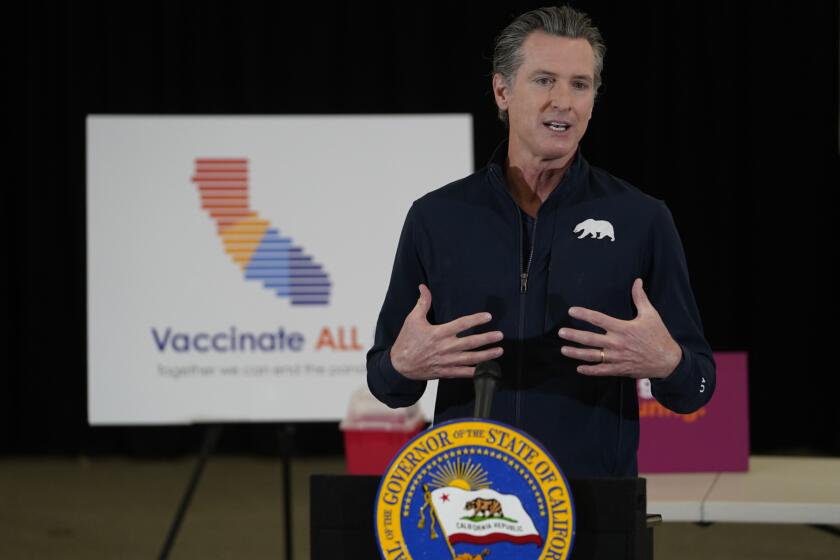Low-Fat Cheese Provides the Good Without the Bad
Cheese and beef are two of the biggest sources of saturated fat in the American diet. In fact, 3 ounces of cheddar cheese has almost twice as many calories, six times the saturated fat, and more cholesterol and sodium than 3 ounces of a trimmed, broiled steak.
Nonetheless, when asked, most consumers say that cheese gives a dish more flavor and provides more nutrition. Such attitudes are no doubt why Americans consume about 30 pounds of cheese a year.
Look at these numbers for 3 ounces of cheese (the size of a deck of cards):
* Gruyere: 336 calories, 26 grams of fat, 19 grams of saturated fat
* Cheddar: 342 calories, 28 grams of fat, 18 grams of saturated fat
* Monterey Jack: 369 calories, 30 grams of fat, 19 grams of saturated fat
* Swiss: 321 calories, 23 grams of fat, 15 grams saturated fat
Now look at the amount of calcium you get in a 3-ounce serving of each of these cheeses:
* Gruyere: 819 milligrams
* Cheddar: 612 milligrams
* Monterey Jack: 738 milligrams
* Swiss: 816 milligrams
Even though most people don’t eat 3 ounces of cheese at a sitting, these are significant calcium numbers, especially for teenagers and post-menopausal women who often get far less calcium than they should.
About 1,200 to 1,300 milligrams of calcium per day are recommended for children age 9 and older; 1,000 milligrams for adults; and up to 1,500 milligrams for older adults.
How do you keep from trading strong bones for clogged arteries? The answer lies in the fact that reducing the amount of fat in cheese does not necessarily reduce the amount of calcium (most 3/4-ounce slices still contain 15% of the recommended daily amount).
But, though it is easy enough to produce cheese with less fat (or even no fat), it is tough to do without losing so much taste and texture that nobody will want to eat it.
Still, if you put enough flavor around nonfat cheese, you will hardly know the difference. For example, try a turkey sandwich made on whole-wheat bread with lettuce, tomato, mustard, a nonfat cheese slice and pickles; you’ll never miss the fat. A typical fat-free or “lite” single has 25 to 30 calories.
If you are trying to cook with low-fat cheeses, the results may vary, but here are some hints that might make it easier:
* Use the cheese when it is cold (right out of the refrigerator), and shred it finely.
* Try to use low-fat cheeses in recipes that have a lot of moisture from other ingredients. Using low-fat grated cheese in lasagna or other casseroles usually works, but it may not melt properly as a topping on pizza or garlic toast.
* If you are trying to melt low-fat cheese, do it slowly and for a longer time, stirring frequently. If you are trying to do this in a microwave, put the cheese in a dish, cover with plastic wrap and use a low setting.
If you’re looking for cheese that is naturally low in fat, try some of the soft, unripened fresh cheeses. Cottage cheese made from skim milk, part-skim ricotta and farmer cheese (also known as hoop, pot or baker’s cheese) do not have nearly the fat and sodium as hard cheeses or some other soft cheeses.
Farmer cheese, in particular, is wonderful for crumbling over salads. It can be sliced and put on a sandwich and makes some of the best blintzes. You can also add fruit to make a sweet dessert cheese or mix in chopped chives and herbs to make a savory cheese to serve with vegetables.
One of the other ways to use hard cheeses such as Parmesan, Romano and Asiago is to grate them into salads and other recipes; a little goes a long way without providing too much additional fat. The stronger the flavor, the less you need.
One little-known fact about cheese is that eating cheddar and other aged cheeses after eating sweets seems to counteract the potential for cavities. Nobody can explain this, although it may be that cheese stimulates the production of saliva, which might rinse away the sugar. Or it may change the pH of your mouth. In any case, cheese’s fat and calorie loads mean that it is not a good substitute for a toothbrush on a regular basis.
*
Dr. Sheldon Margen is a professor of public health at UC Berkeley; Dale A. Ogar is managing editor of the UC Berkeley Wellness Letter. Send questions to Dale Ogar, School of Public Health, UC Berkeley, Berkeley, CA 94720-7360, or e-mail to [email protected]. Eating Smart appears occasionally in Health.
More to Read
Eat your way across L.A.
Get our weekly Tasting Notes newsletter for reviews, news and more.
You may occasionally receive promotional content from the Los Angeles Times.






